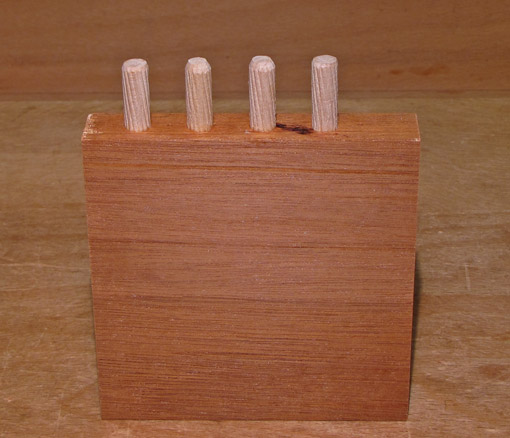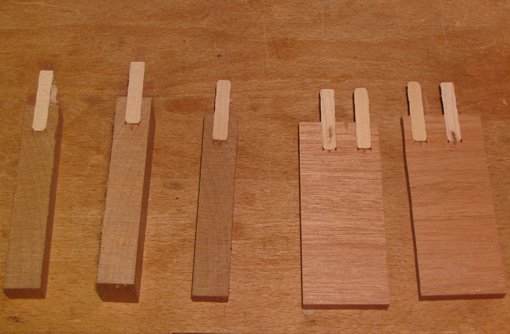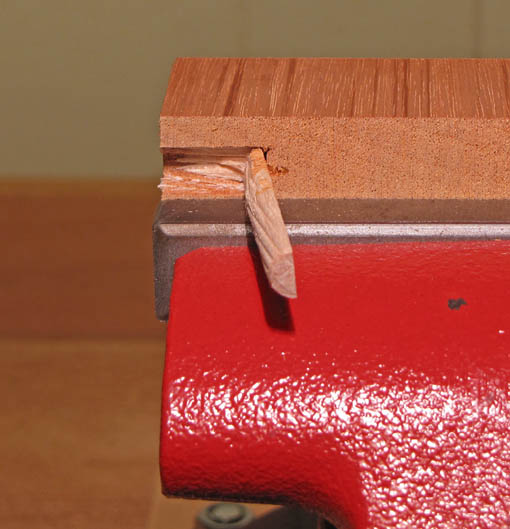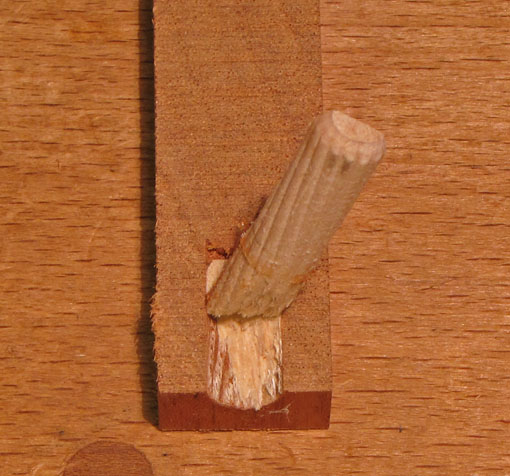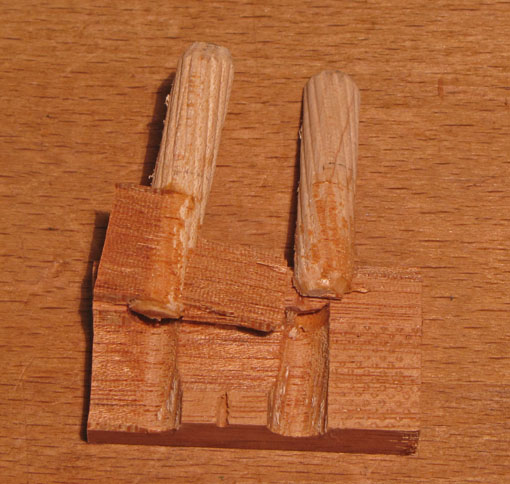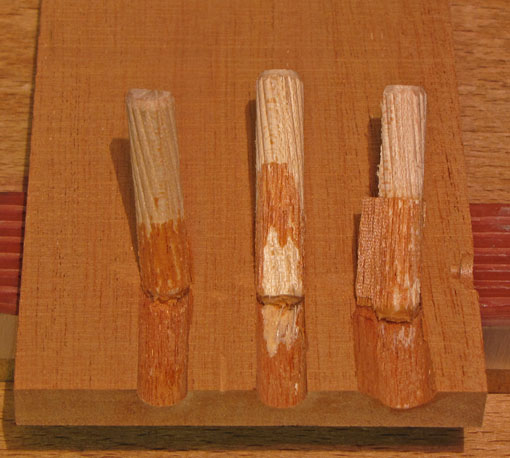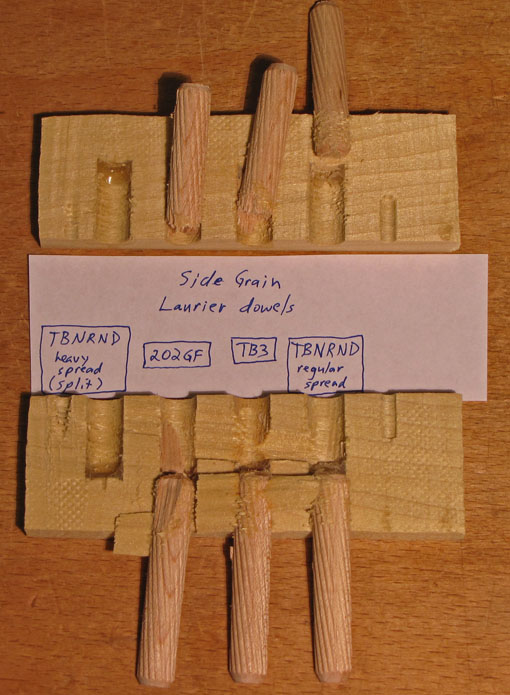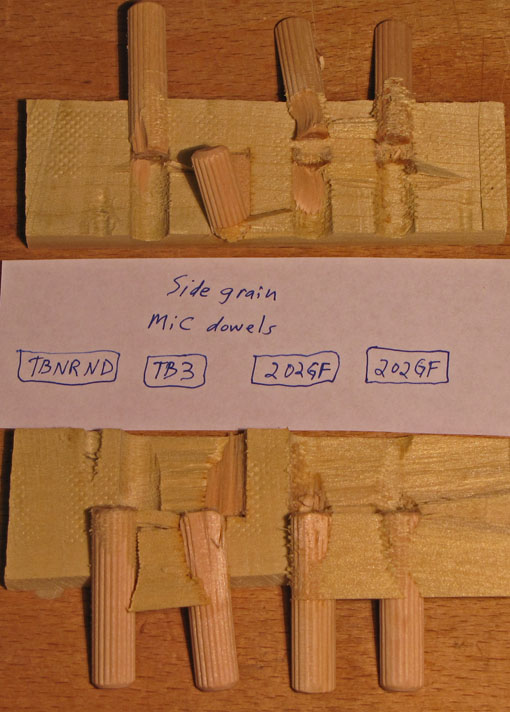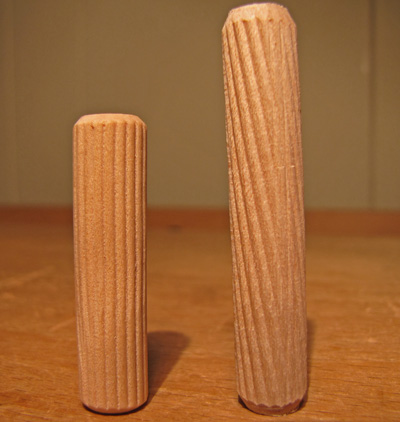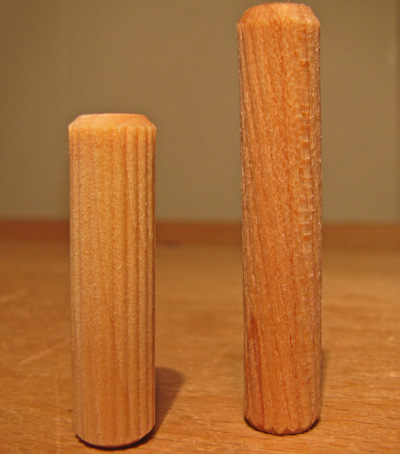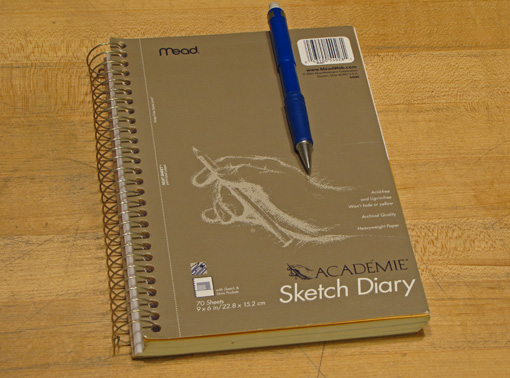
Fresh designs are exciting to conceive and build. The effort and risk involved in developing a new design concept lead to a feeling of accomplishment when the work is done. By virtue of their novelty alone, such pieces draw attention, and tend to be called creative, imaginative, clever, or even brilliant. New interest is created, boredom is avoided, and challenges are met. Creativity expands.
Yet, if every project is fresh and different, when will you have a chance to refine your work? Most truly excellent work is a result of refinements of previous attempts at the same or similar idea. Such work builds upon a previous design concept by refining elements such as proportions, materials, textures, workmanship, and meaningful embellishments. The integration of the elements is also refined.
That’s how the best work comes about. It’s true of furniture, jokes, recipes, tools, music, and on and on. You have to work on something to make it better! Your work does not always have to be new and different. And as for “original,” I’m not sure there truly is such a thing. On the other hand, appreciating the value of refinement does not excuse working an idea to death, getting stale and unimaginative, complacency, or creative laziness.
As an example, look at the work of the late Sam Maloof. His iconic rocking chairs are the products of years of refinement of a core style concept, but his work is never boring. Still, early Maloof is not as good as later Maloof.
Another good study in refinement is Albert Sack’s Fine Points of Furniture books in which his keen eye identified the “good, better, best” of early American furniture and its features.
Now, here are some related bite-sized opinions for thought. The “arteests” and the arbiters of cool in some parts of the high-end craft world seem to reflexively give extra credit to work which is new and different, but often lack the attention span to extol work which is less flashy but has undergone sustained refinement. New is not automatically better. On the other hand, the approach from some corners (Architectural Digest?) seems to take it as axiomatic that the refined work of modern masters such as Maloof, Jere Osgood, and Silas Kopf cannot be as good as that of the 18th century masters. Oh, how I disagree with that!
In summary, while there is much value to fresh ideas, we should not forget the role of refinement in producing the best work.


